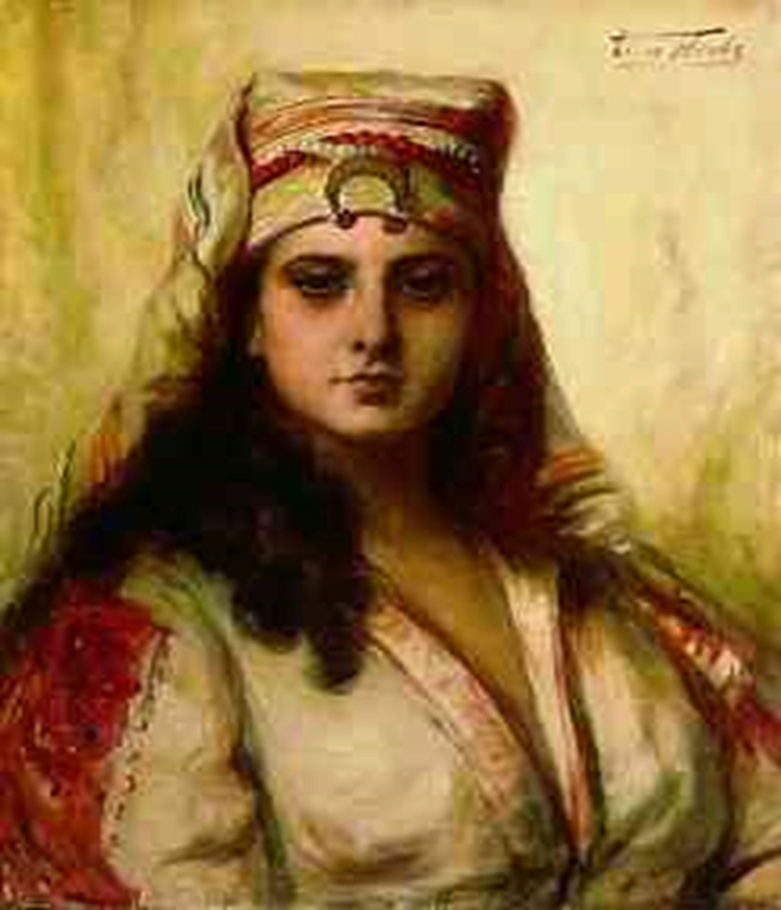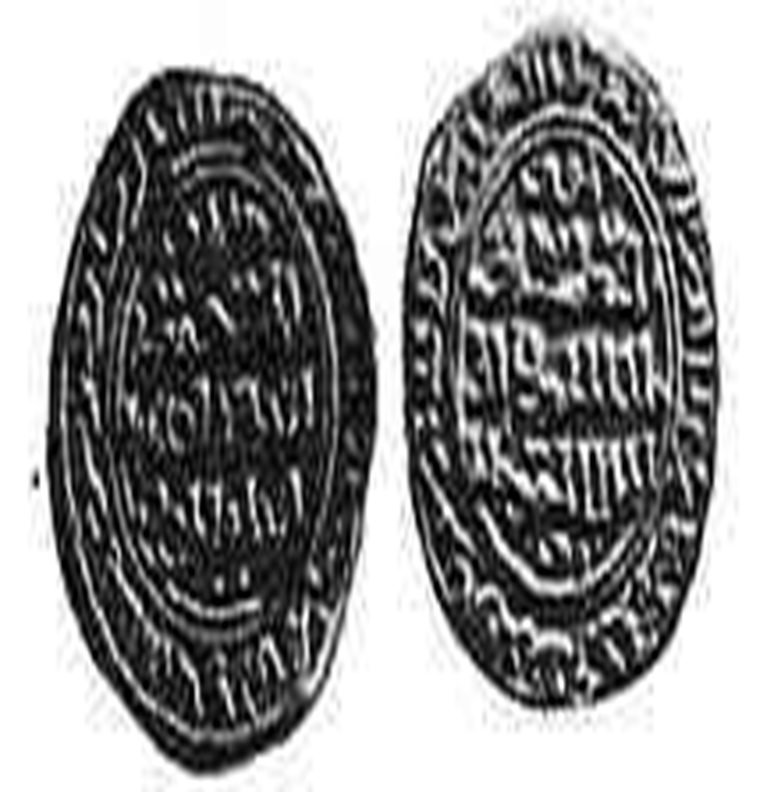Shajarat al-Durr al-Sultana, who stopped the Crusaders and died naked

The history of Egypt is full of historical figures who left their mark. Far from the stereotypical way that tells history as if it were merely cognitive information, history, especially the history of Egypt, is nothing but true stories that happened to people just like us, but in a different time period. Because we tell the stories of inspiring women, we found that our history is full of many of them. The heroine of our story today is Shajar al-Durr, or Shajar al-Durr as it is commonly known. Who is this woman who was able to rule Egypt at a time when the rule of women was something completely unconventional? Here are many historical tales about one of the most famous women who ruled Egypt, and also the most powerful. It is called Shajar al-Durr, while the original was “Shajar al-Durr”, which was endowed with beauty and attractiveness. God also blessed her with intelligence and courage, so she was able to change her life's journey from a slave girl to a crowned queen who participated in rule for nearly 18 years.
Shajarat al-Durr's real name

Many historians differed in knowing the nationality or true origin of Shajarat al-Durr. Some of them believe that her origins are Armenian, or Bedouin, and she may be Circassian, or have Greek or Turkish origins. It also seems that knowing the date of her birth is difficult to verify, so the most important things I mentioned about her are books. History is tied to her beauty and intelligence.
Shajarat al-Durr was characterized by dazzling beauty at the time. Her hair was abundantly black, and she had a beautiful, attractive face with white skin. Other than that, she had the ability to read, write, and sing. She was very intelligent, quick-witted, and well-behaved, and these are qualities that are rarely found in any of the female slaves, whose selection depends mainly on appearance.
Her characteristics made her attract the attention of King Al-Salih Najm Al-Din Ayoub, so he brought her close to him, and because of her acumen and intelligence, she was able to be the slave girl who accompanied him on his travels, even when he was arrested in Karak in 1932, Shajarat Al-Durr was with him, and after he was able to get rid of this experience and went to Egypt He took her with him.
In the year 1240 AD, King Al-Salih Najm Al-Din Ayyub took over the governorship of Egypt, and he gave birth to his son Khalil from Shajar Al-Durr, who was nicknamed King Al-Mansour. It was said at the time that her real name was “Ismat Al-Din”, but she was given the nickname “Shajar Al-Durr” because of her beauty, and she remained For nearly ten years, Al-Malik Al-Saleh shared the rule of Egypt. He took her as his wife some time after the birth of his son, and she was given the title "Sultana."
The child Khalil did not live long, and Shajarat al-Durr was a second wife to King Al-Saleh, but she was the most powerful and closest, not only to the king as her husband, but also to matters of governance and politics, and during the return of King Al-Saleh Najm al-Din Ayyub from Syria to Egypt in 1249, he was Severely ill, the forces of King Louis IX of France were preparing to attack Egypt, as part of the Seventh Crusade, and were planning to seize Mansoura and other Egyptian cities.
With the landing of the campaign forces led by the king in the city of Damietta, King Al-Saleh was fighting death, until he died in his palace in the city of Mansoura on November 22, 1249. Here, Shajarat Al-Durr’s wisdom and ability to manage and control the situation in a way that did not harm Egypt’s interests came. So she summoned the commander of the Egyptian army, Prince Fakhr al-Din Youssef, and with him the head of the Tawashi Sultan’s Palace, Jamal al-Din Mohsen, and agreed with them to hide the news of the king’s death from the soldiers and the Egyptian people.
Her smart decision to conceal the news of the departure of Najm al-Din Ayyub, who was the last king of the Ayyubid state, played a role in repelling the Crusade against Egypt at that time. She agreed with Prince Fakhr al-Din and al-Tawashi Jamal al-Din Mohsen to issue royal orders with the king’s signature using his old signatures, so as not to No one knows of his death, and they work to give the state a sense of stability and the ability to confront the Crusaders.
Shajarat al-Durr sent Turan Shah to assume power after his father’s death, and he actually took over the reins of government. The army was able to defeat the Crusaders in the Battle of Fariskur, and King Louis IX was arrested. He was not released until a ransom of 800,000 dinars was paid.
Shajar al-Durr assumed power
After the victory of the Ayyubid army over the Crusade, and after the Mamluks learned of Turan Shah’s attempt to overthrow them and Shajarat al-Durr, the Mamluks decided to get rid of Turan Shah first, so they besieged him in the castle and killed him before he escaped. Then they decided to take over Shajar al-Durr and support her. Indeed, Shajarat al-Durr ruled Egypt alone for approximately 80 days, and that was with the pledge of allegiance from the Mamluks and notables, and prayers were made for her on pulpits like any ruler, saying, “And protect, O God, the righteous side, the queen of the Muslims, the infallibility of the world and the religion, the one with the beautiful veil and the majestic veil, the wife of the righteous king Najm.” Religion Ayoub.

Her name was engraved on dirhams and dinars, and rulings were issued with her signature, “Umm Khalil.” She was able to walk the loader from Egypt to Medina carrying the covering of the Kaaba, but that did not please the Abbasid Caliph Al-Mu’tasim in Baghdad, who sent a message saying, “If you have run out of men, inform us so that a man can be sent to you.” Opposition flared up against her taking over the rule of Egypt, and the sheikhs began to promote However, it is contrary to Sharia law, to the point that Sheikh Al-Ezz bin Abdul Salam issued a fatwa prohibiting women’s guardianship over Muslims.
Because of the attacks that Shajar al-Durr faced on her idea of assuming power, she was forced to think about marrying a person who would be an outward ruler while she could manage the affairs of the state internally. Indeed, Shajar al-Durr chose to marry Izz al-Din Aybak, who was the first Mamluk ruler, although there was another Ayyubid prince, but he was just a figurehead and the real ruler was Izz al-Din Aybak.
The story of Shajarat al-Durr and Izz al-Din Aibak
Shajarat al-Durr did not submit to the removal of power from her, and throughout the period of Izz al-Din Aybak’s rule from 1250 until 1257 AD, she shared power with him. Although they were not in complete agreement because Shajar al-Durr believed that Izz al-Din was not one of the best Mamluks, she knew that by choosing him, she would be able to control everything in the administration. Indeed, Izz al-Din would not have taken a step without consulting Shajar al-Durr and obtaining her approval. She even helped him get rid of his rival, Aktay.
After years had passed under this regime and the consolidation of Izz al-Din’s mandate in Egypt, he began to approach the ruler of Mosul, Badr al-Din Lu’lu, and resolved to marry his daughter to consolidate the relationship between them. But Shajarat al-Durr decided to take revenge on him when she learned of this matter, which she completely rejected.
Shajar al-Durr decided to take revenge on her husband, Izz al-Din, so she planned to kill him in the castle. . When the questions about the ruler began, she would fabricate other stories about his death to bury the real story with him. But the Mamluks did not believe her stories.
The killing of Shajar al-Durr
The Mamluks decided to take revenge on Shajar al-Durr after they learned of her killing of Izz al-Durr. There are many stories told about the killing of Shajar al-Durr, but the most famous of them is that her killing was revenge on Izz al-Din Aybak’s first wife, as she agreed with Shajar al-Durr’s maids and servants, so they surrounded her and killed her by beating them with clogs. They threw her naked over the castle walls on May 3, 1257.
Her body was found days later, and she was buried in a mihrab that she had specially built for her next to the Ibn Tulun Mosque, which contained a wooden Kufic inscription, and a prayer place decorated with mosaics.
Source: websites

